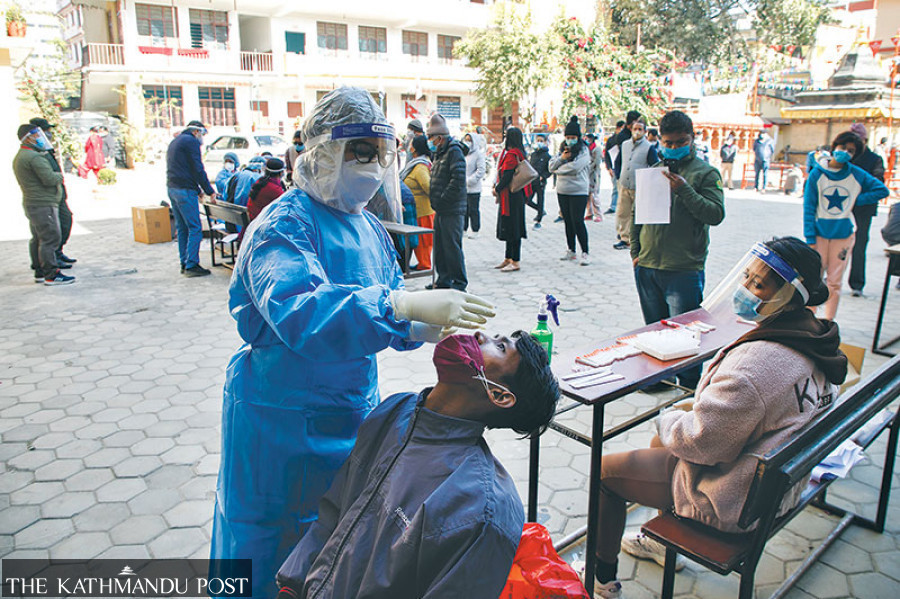Editorial
Much fuss about nothing
The Health Ministry’s statement on seroprevalence study has left us with more questions than answers.
The Ministry of Health and Population issued a statement on August 29 about a seroprevalence study conducted in Nepal. Over 13,000 people were randomly chosen for the survey between July 5 and August 14, and the samples were tested at the National Public Health Laboratory. The statement reflects on the report that concluded that over two-thirds (68.6 percent) of the country’s population had developed antibodies against the coronavirus. The government had conducted a similar study in September 2020 but did not disclose the findings due to insufficient sample size. The statement based on the latest report has again failed to shed light on important questions on the purpose of this study, leaving us with more questions to quibble about than clarifications it intended to provide.
It is not every day that we come across a phrase such as Covid-19 seroprevalence study. It is basically a study to determine the percentage of people in a population who have antibodies against the coronavirus. Experts have stated that unless a detailed report on the study is issued, nothing meaningful or material can be established.
There seems to have been no distinction between pre- and post-vaccination tests on the sample of the populace selected for this study. This distinction would have generated a more accurate report on the type of antibodies created. The serology tests conducted look for immunoglobulin M (IgM), the antibody usually produced when a person is administered a vaccine or immunoglobulin G (IgG), the antibody usually first produced when the virus attacks the body. Despite both these antibodies developing either from contracting the virus or through vaccination, a distinction in the report could provide a more targeted approach to tackling the vaccination response. The Ministry of Health failed to divulge details on the methodology of the study.
As per the statement, the study does reveal the level of antibodies found in the vaccinated individuals—80 percent in those who have been administered a single dose and 90 percent in those who have received both doses. But it fails to reveal the number of people selected from the total sample size of the vaccinated population.
Sweeping generalisations have been made of the percentage of people who have the antibodies without divulging any facts and methodologies, making it difficult to decipher its meaning and effectiveness. It begs the question: Why conduct these studies? The futility of such an exercise is there for all to see. Until the full report is published, it would be inconsequential to talk about vaccine efficacy.
We are still in the dark when it comes to the potency of the antibody. The number of cases may have dropped, but the positivity rate still stands at 17 percent. The ever-changing nature of the virus means that precaution needs to be exercised, and we have to push on with the vaccination drive to achieve meaningful results. These studies are necessary and the efforts involved in conducting them should be lauded in order to formulate future strategies to control the disease, but we certainly do not need a meaningless statement based on a report that is open to misinterpretation which seems to be an end in itself rather than a means to an end.




 18.12°C Kathmandu
18.12°C Kathmandu














